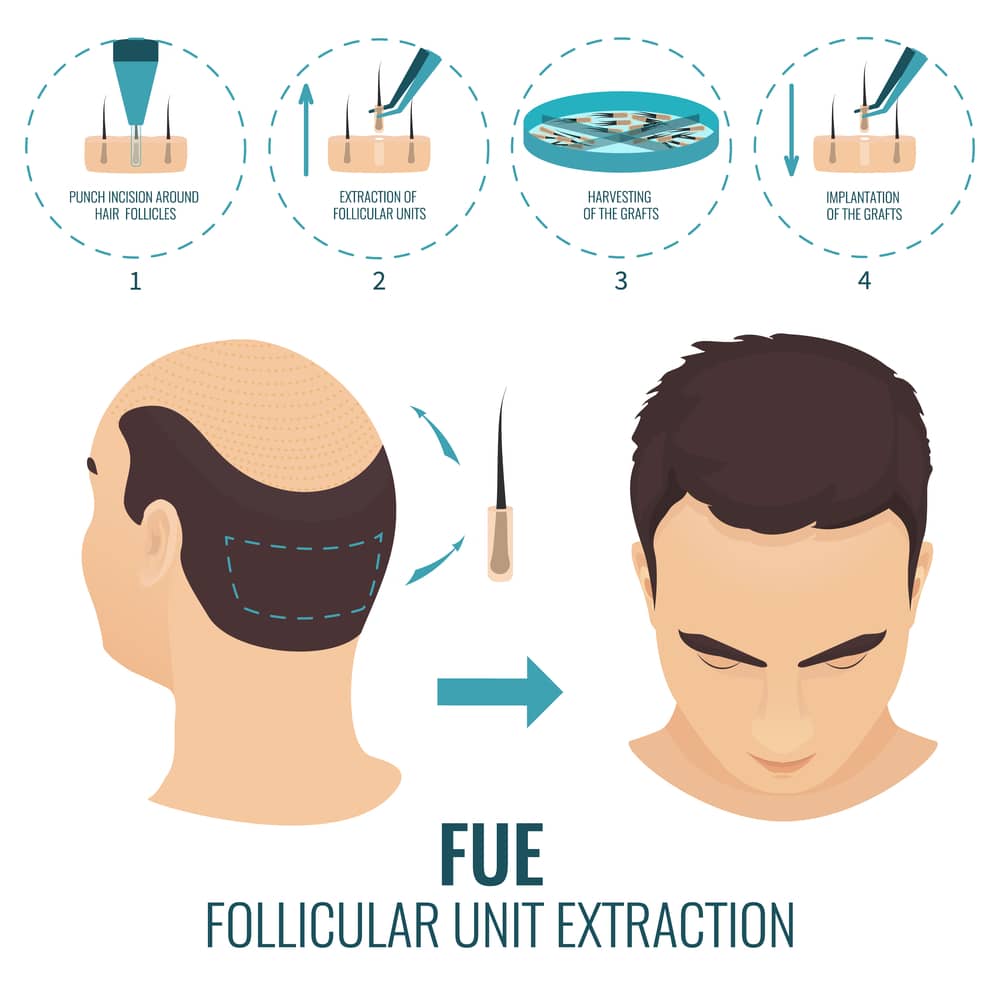
Not everyone feels comfortable with having their head shaved.
Shaving off your hair can be a life-changing decision. Since hair can make up a substantial part of your identity, one wrong shave can feel like the biggest mistake you’ve ever made.
This can be true even if you’re shaving your head for a practical reason, like a hair transplant. Even if you need the surgery, you might second-guess your decision if you find out you’re required to shave off your hair beforehand.
The good news is that it is not always necessary to shave your entire head for the procedure. In many cases, the surgery can be performed without shaving the patient’s head completely bald. If you don’t want to shave your hair pre-transplantation, here’s what you need to know.
Reasons To Avoid Shaving
Not everyone feels comfortable with having their head shaved. who wear their hair long, for instance, might have a very hard time adjusting to the idea of being bald, even if it’s only temporary.
If you are a woman with chin or shoulder-length (or even longer) hair, the idea of having to shave it all before your surgery can be a huge drawback. Hair growth post-operation can take a year or longer. During that time, you can wear a wig, but it still might give you pause when deciding whether a hair transplant is right for you.
If you are a man, you might also not like the idea of shaving your head before a hair transplant. Even if you maintain a shorter hairstyle, shaving your entire head can be a sudden big step. So, if you are looking to keep your hair restoration under wraps, there are a few ways to avoid shaving your head completely or strategies to cover up any shaved areas.
Is A Hair Transplant Possible Without Shaving Your Head?
A hair transplant is a surgical procedure. The surgeon takes hair from one part of your head and then grafts it to the thinning or bald patches. The most common restoration locations are a receding hairline or the top of the head.
Shaving some areas of the hair is necessary to remove the donor follicles successfully, but a full shave is usually not required with modern techniques.
Some people might not want to shave their heads before their hair restorative surgery. Does this lower the possibility of a successful hair transplant? No.
There are various ways to opt for hair transplant surgery without fully shaving your head. The following are the most common transplant techniques, which can be used for patients who do not want a full shave.

FUE process
Follicular Unit Extraction
Since those donor follicles are healthy, the hairs re-grow after surgeons remove them to fill in bald patches on the head. If the surgeon shaves an area during FUE, its size depends on the amount of hair being transplanted. e hair left in the recipient area grows so that they can transplant the donor hairs in a way that matches the growth pattern of the existing hairs. Pe
If they completely shave the patient’s existing hair, the surgeon might not be able to see the area well. This can usually lead to the transplant looking unnatural.
Not shaving the area also speeds up the healing process. Patients can allow their natural hair and their harvested follicles to grow at the same time.
While it takes more time to plant grafts into an area where the hair has not been fully shaved, doctors like Dr. Epstein feel it is worth the extra effort to allow a patient to look as good as possible soon after their procedure.
Follicular Unit Grafting
Another hair transplant option for some patients is follicular unit grafting (FUG). During a FUG procedure, the surgeon does not individually remove the donor area hairs. Instead, they cut them out in one long strip and then separate them.
Since cutting away the strip leaves a fine line incision, this procedure is best for patients who want to maintain hair long and have enough to cover up the scar. These patients are predominantly women.
How Does Fue Differ From The Traditional Hair Transplantation?
One of the primary differences between follicular unit extraction and the traditional FUG transplant is the grafting method.
In the traditional procedure, the surgeon removes a strip of skin to extract and use the follicles in the thinning areas. For follicular unit extraction (FUE), the surgeon directly removes hair follicles and surgically grafts them in areas suffering from hair loss.
If you opt for FUE, you can enjoy a nearly scar-free surgical procedure post-recovery. The linear scar from traditional hair transplantation usually stays visible in the donor area. FUE has become a far more popular procedure for this reason.
If you have and want to maintain shorter hairstyles, follicular unit extraction is the best bet. On the other hand, follicular unit grafting can suit long hairstyles.
Lastly, recovery from FUG takes about two weeks or more, whereas it takes around a week to recover from FUE.
FAQ
You should wait for a month after your follicular unit extraction (FUE) surgery to cut your hair or shave your head. It is best to ask your surgeon for medical advice on this. Clippers, trimmers, and scissors are generally safe to use on the grafted and donor areas.
It is advisable to wait until the age of 25+ before opting for hair transplant surgery. While a teenager can be a proper candidate, it can be challenging for surgeons to determine hair loss patterns at this young age.
It usually takes about 14 days for grafts to fully secure over the head post-hair transplant. Prescribed aftercare and maintenance play important roles in this process.
Ready For Hair Restoration? Call Today!
Dr. Jeffrey Epstein is a renowned hair restoration specialist who works with patients for the best surgical results. Whether you want FUE or FUG procedure, Dr. Epstein can help you decide on the best course of action and can recommend ways to have the surgery without shaving larges areas of your scalp.
Are you ready to enjoy the benefits of hair transplantation without shaving your head? To learn more, schedule a consultation with Dr. Jeffrey Epstein today in Miami by calling (305) 666-1774.
